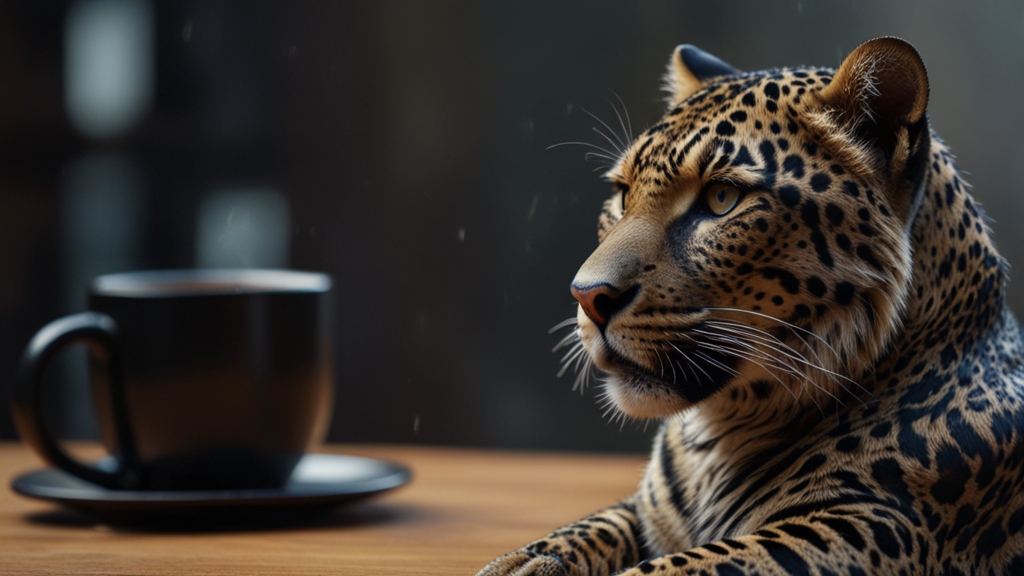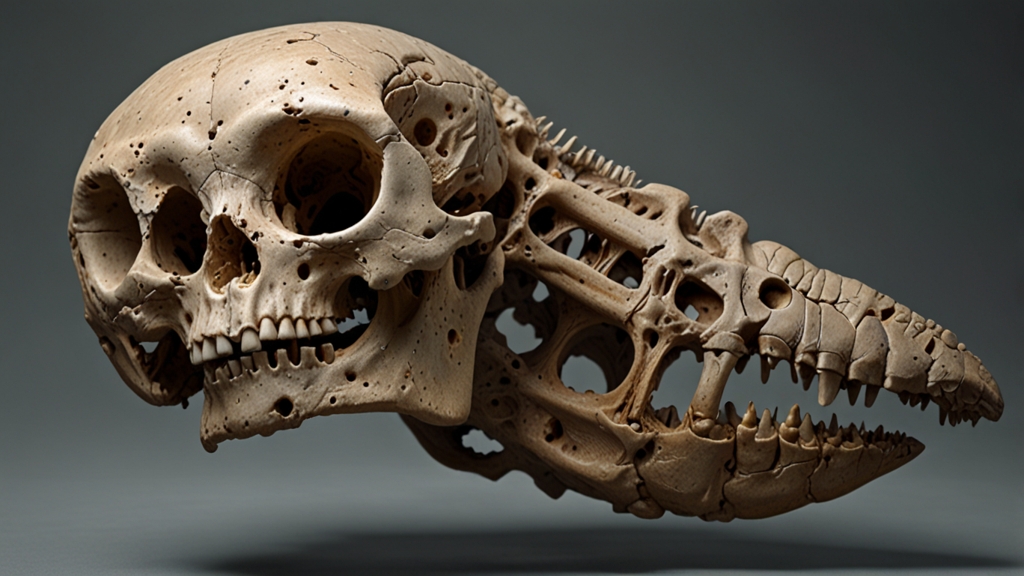How Does Animal Behavior Change with the Seasons?
The changing of the seasons brings with it not just shifts in weather and temperature, but also noticeable alterations in animal behavior. Numerous species have evolved to adapt to seasonal changes, ensuring their survival and reproduction. These behaviors range from migration and hibernation to changes in feeding and mating habits.
Migration as a Seasonal Behavior
Migration is one of the most well-known seasonal behaviors exhibited by animals. Birds, for example, often migrate to warmer climates during the winter to avoid harsh weather and to find ample food supply. The Arctic Tern holds the record for the longest migration, traveling from the Arctic to the Antarctic and back each year.
Migratory behavior is not solely limited to birds. Monarch butterflies, caribou, and certain fish species like salmon also embark on long journeys driven by seasonal changes.
These migrations are often triggered by changes in daylight length, temperature shifts, and food availability. Without such movements, many species would struggle to survive the winter or reproduce effectively.
Hibernation and Torpor
Hibernation is another critical adaptation for surviving extreme seasonal conditions. Animals such as bears, bats, and some rodents enter a state of hibernation during the winter months. In this state, their metabolic rate drops significantly, conserving energy and allowing them to survive with minimal food intake.
Smaller creatures, like hummingbirds and some species of rodents, go into a shorter state of dormancy known as torpor. During torpor, animals reduce their body temperature and metabolic rate for a shorter period, usually overnight or for a few days, as opposed to the extended period of hibernation.
Both hibernation and torpor are remarkable adaptations that allow animals to cope with periods of extreme cold and limited food supply.
Changes in Feeding Behavior
Seasonal changes can also greatly influence an animal's diet and feeding behavior. For instance, herbivores such as deer adjust their diet as plant availability changes. In the spring and summer, they feast on green vegetation, while in the fall and winter, they may rely more on woody browse and bark.
Carnivorous animals, like wolves and foxes, may shift their hunting strategies based on the availability of prey, which also undergoes seasonal changes. Additionally, some animals gather and store food when it is plentiful to ensure they have enough to eat during leaner times. Squirrels are a classic example, hoarding nuts during the fall to last through the winter.
Mating and Reproductive Behavior
The reproductive behavior of many animals is tightly linked to the seasons. Spring is a prime time for reproduction for countless species. Warmer temperatures and longer daylight hours signal the beginning of mating season for animals ranging from birds to mammals.
The timing of birth is also crucial and often synchronized with seasonal changes to ensure the offspring have the best chance of survival. For instance, many herbivores give birth in the spring when food is abundant, allowing the mother to nourish her young adequately.
Seasonal reproduction ensures that offspring are born at a time when conditions are most favorable for their growth and development.
Aquatic animals are not exempt from these seasonal behaviors. For example, many fish spawn in specific seasons when water temperatures are ideal for the survival of their eggs and larvae.
Conclusion
In conclusion, seasonal changes have a profound impact on animal behavior. Migration, hibernation, feeding, and reproductive strategies are all tuned to the rhythms of the seasons. These adaptations are crucial for the survival and reproduction of countless species, demonstrating the intricate ways in which life on Earth is interconnected with the changing environment.













